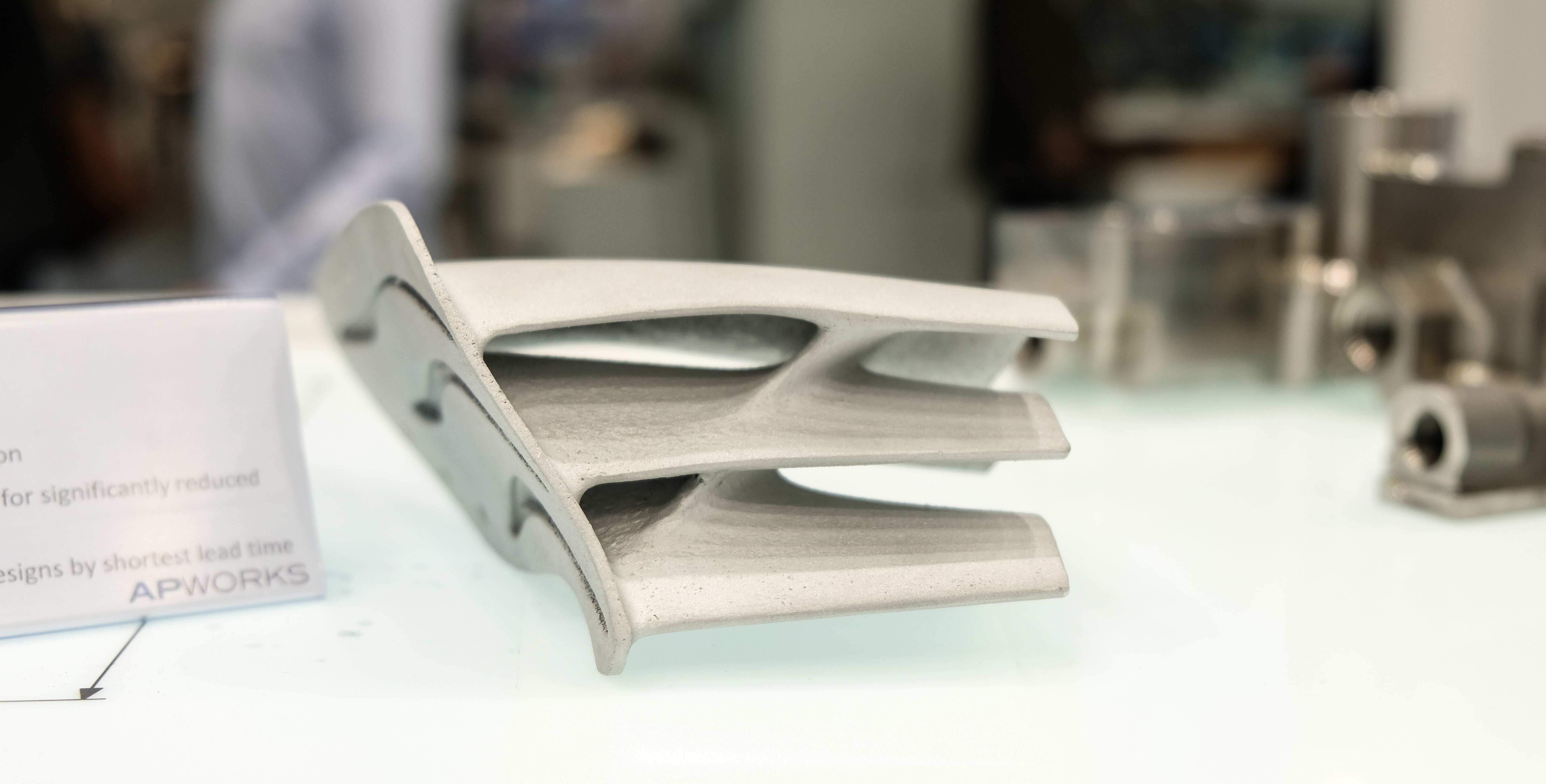APWORKS, a specialist in aerospace 3D printing, has announced that its aluminum alloy, Scalmalloy, has been added to the Formula 1 regulations as an approved AM material by the FIA (Fédération Internationale de l’Automobile). The high strength alloy was originally developed by APWORKS and its parent company Airbus for aerospace components but has since found its uses in other high performance applications such as motorsports.
Jonathan Meyer, Chief Product Officer at APWORKS, states: “We are proud to see Scalmalloy in the list of approved materials. Scalmalloy still stands head and shoulders above all other additively-processable aluminum alloys on the market, and due to its aerospace pedigree its performance is backed up by all the evidence necessary to give confidence in design.”

High strength, low density
Scalmalloy is a blend of aluminum, magnesium, and scandium with a very impressive set of mechanical properties. The material is able to maintain a high tensile strength (520 MPa) and yield strength (480 MPa) despite its relatively low density of 2.67 g/cm³. It also has excellent ductility with a Young’s Modulus of 70 GPa and an elongation at break of 13%. The alloy is naturally resistant to corrosion and demonstrates a high degree of microstructural stability when thermally aged.
According to APWORKS, Scalmalloy was actually specifically developed for use with AM technology, and complements the characteristics of the manufacturing process.
Scalmalloy for motorsports
The company attributes Scalmalloy’s suitability for motorsports to its jack-of-all-trades nature of desirable strength, ductility, and density. Coupled with the design freedom granted by AM, APWORKS is free to create lightweight structural components with optimized topologies – an area of expertise for the company. This means the parts they produce often have better mass and stress distributions while still remaining within the regulation weight limits, providing F1 drivers with the competitive edge they need to shave those extra seconds off.
Meyer concludes: “We are already looking forward to broadening the applications further, as our Motorsport customers gain confidence to apply Scalmalloy in increasingly critical applications.”

This is not APWORKS’ first bout with the automotive sector, as the company has previously 3D printed a titanium part for the 2020 Bugatti Chiron Pur Sport. The exhaust tailpipe was 3D printed to make it more lightweight and temperature resistant, with thin walls and a carefully optimized geometry. Back in the aerospace sector, the company also partnered with metal 3D printer manufacturer Additive Industries to qualify components at Additive Industries’ new Process & Application Development Center located near Bristol, UK. The duo has since been its combined resources to advance AM series production for aerospace systems.
The nominations for the 2020 3D Printing Industry Awards are now open. Who do you think should make the shortlists for this year’s show? Have your say now.
Subscribe to the 3D Printing Industry newsletter for the latest news in additive manufacturing. You can also stay connected by following us on Twitter and liking us on Facebook.
Looking for a career in additive manufacturing? Visit 3D Printing Jobs for a selection of roles in the industry.
Featured image shows part made of Scalmalloy. Photo via APWORKS.



